My wife, Grace, arrived in Paris last Sunday; she will join me in my residency at Cite de Arts until next month. I had hoped to give her an overview of the city this week but the itinerary I drew up was unrealistically compact and she advised me (asthma attacks considered) that I needed to slow down and stop rushing, especially her. For more than 40 days I did in fact, undertake my research at a frantic pace, and now that I am working on some sculptures, I forgot to step on the brakes and change to a lower gear. Note to self: decrescendo.
Yesterday we were at Sacre Coeur and St.Pierre at Montmartre. This is the fourth time Ive ascended the Butte Montmartre and gawked at Sacre Coeur. Besides the usual tourists (plus the hawkers and hustlers that hover constantly among them), the place was unusually full of artists. With a pad of papers clipped on drawing boards and a set of pastels they take posts at certain street corners and ask (politely) passersby if they wanted their portraits done. Some make caricatures. The open tree-lined space in front of the abbey church of St. Pierre is an outdoor gallery of paintings, prints and drawings, mostly of Parisian scenes on small canvases, boards and paper. The latter, like finished portraits, are rolled and placed in a tube after payment has been made. The painted landscapes, although good, remind me of the Mabini paintings in Manila and for good reason: these are of course commercial art. (Instead of the Manila sunsets, the subjects are the Eiffel Tower, or the Arc de Triomphe or even Sacre Coeur.) This scene is of course a continuation of a history of artists making their living in Montmartre, as attested by the numerous artists who lived here in the early 20th century: Picasso, Utrillo, Dali etc.
Seeing these I recall the story of how Modigliani, the Japanese painter Foujita, and their clique went to Nice on a disastrous journey to sell their paintings to rich tourists. They managed poorly and were driven back to Paris by sheer lack of funds. Van Gogh was also asked by dealers to concentrate on painting landscapes for the same clientele, which the artist did not heed and strove to work beyond the demand. Yet most of the time this type of commerce is considered detrimental to art as a practice. My take here is simple: art goes beyond creative work and into various forms of exchange, or commerce. Now, there is a broad range of markets that deal and cater to different art forms and objects and the artist must be clear where he wants to engage in. Having seen the high profile art fair FIAC last month and the quirky Slick Paris, considering other various exhibits in the city, I have discovered that Paris possesses this broad range of markets and is offered to equally varied audiences. Art is valued in two main markets: the market of the art object and the market of aesthetic ideas.
Today we took on the Eiffel Tower and ascended to its summit. From the topmost platform I took pictures of the city and marveled at the grand scheme and organization of Paris. It was just too cold for us to stay long outside and we simply took the second floor viewing area instead. Nevertheless, with an overview of Paris literally around us I was able to discern the various areas and sites that I have been to and was satisfied with the knowledge that I had explored a large part of it already. Oftentimes this perspective is essential in understanding how much one actually knows and how much more can be known. This weekend I will be going north to Normandy to visit Rouen and Lisieux. Perhaps with this trip I can extend my horizon of knowledge a little bit further. Everything here seems just that - a furthering of horizons.
Yesterday we were at Sacre Coeur and St.Pierre at Montmartre. This is the fourth time Ive ascended the Butte Montmartre and gawked at Sacre Coeur. Besides the usual tourists (plus the hawkers and hustlers that hover constantly among them), the place was unusually full of artists. With a pad of papers clipped on drawing boards and a set of pastels they take posts at certain street corners and ask (politely) passersby if they wanted their portraits done. Some make caricatures. The open tree-lined space in front of the abbey church of St. Pierre is an outdoor gallery of paintings, prints and drawings, mostly of Parisian scenes on small canvases, boards and paper. The latter, like finished portraits, are rolled and placed in a tube after payment has been made. The painted landscapes, although good, remind me of the Mabini paintings in Manila and for good reason: these are of course commercial art. (Instead of the Manila sunsets, the subjects are the Eiffel Tower, or the Arc de Triomphe or even Sacre Coeur.) This scene is of course a continuation of a history of artists making their living in Montmartre, as attested by the numerous artists who lived here in the early 20th century: Picasso, Utrillo, Dali etc.
Seeing these I recall the story of how Modigliani, the Japanese painter Foujita, and their clique went to Nice on a disastrous journey to sell their paintings to rich tourists. They managed poorly and were driven back to Paris by sheer lack of funds. Van Gogh was also asked by dealers to concentrate on painting landscapes for the same clientele, which the artist did not heed and strove to work beyond the demand. Yet most of the time this type of commerce is considered detrimental to art as a practice. My take here is simple: art goes beyond creative work and into various forms of exchange, or commerce. Now, there is a broad range of markets that deal and cater to different art forms and objects and the artist must be clear where he wants to engage in. Having seen the high profile art fair FIAC last month and the quirky Slick Paris, considering other various exhibits in the city, I have discovered that Paris possesses this broad range of markets and is offered to equally varied audiences. Art is valued in two main markets: the market of the art object and the market of aesthetic ideas.
Today we took on the Eiffel Tower and ascended to its summit. From the topmost platform I took pictures of the city and marveled at the grand scheme and organization of Paris. It was just too cold for us to stay long outside and we simply took the second floor viewing area instead. Nevertheless, with an overview of Paris literally around us I was able to discern the various areas and sites that I have been to and was satisfied with the knowledge that I had explored a large part of it already. Oftentimes this perspective is essential in understanding how much one actually knows and how much more can be known. This weekend I will be going north to Normandy to visit Rouen and Lisieux. Perhaps with this trip I can extend my horizon of knowledge a little bit further. Everything here seems just that - a furthering of horizons.
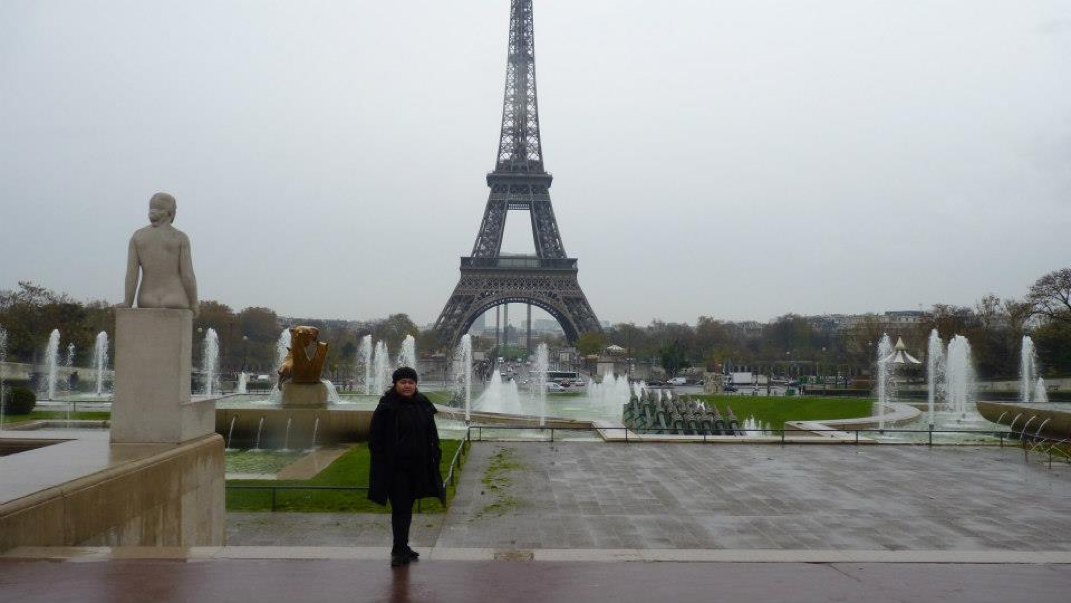
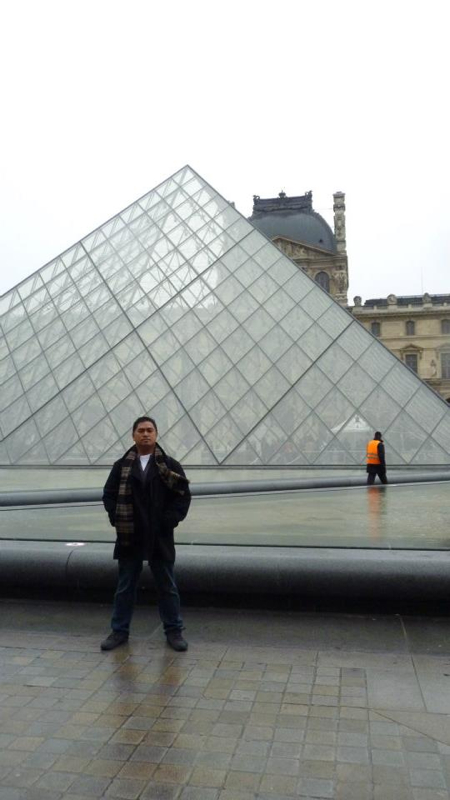
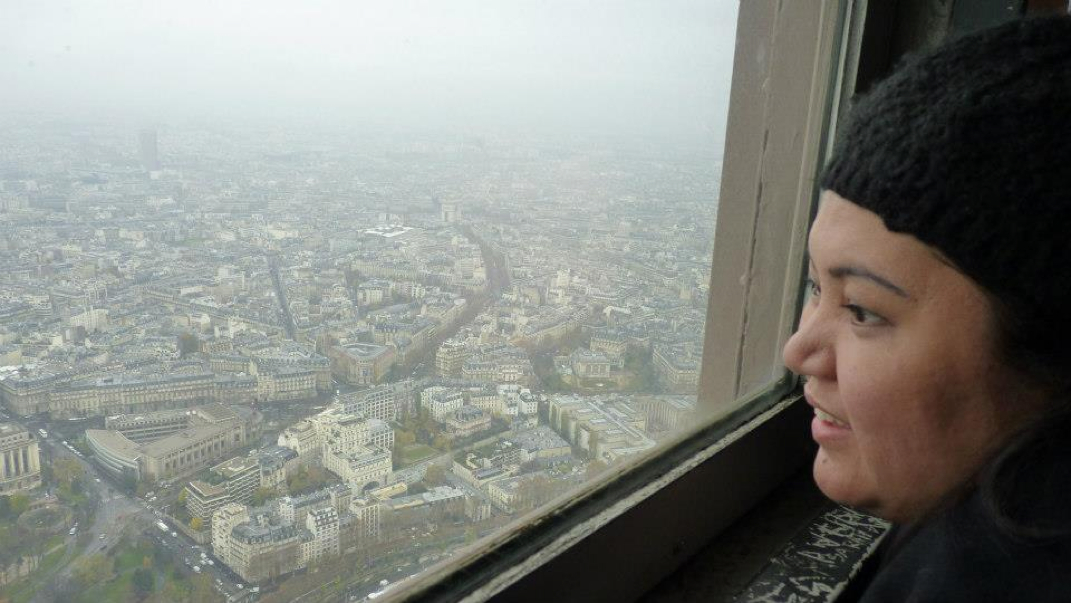
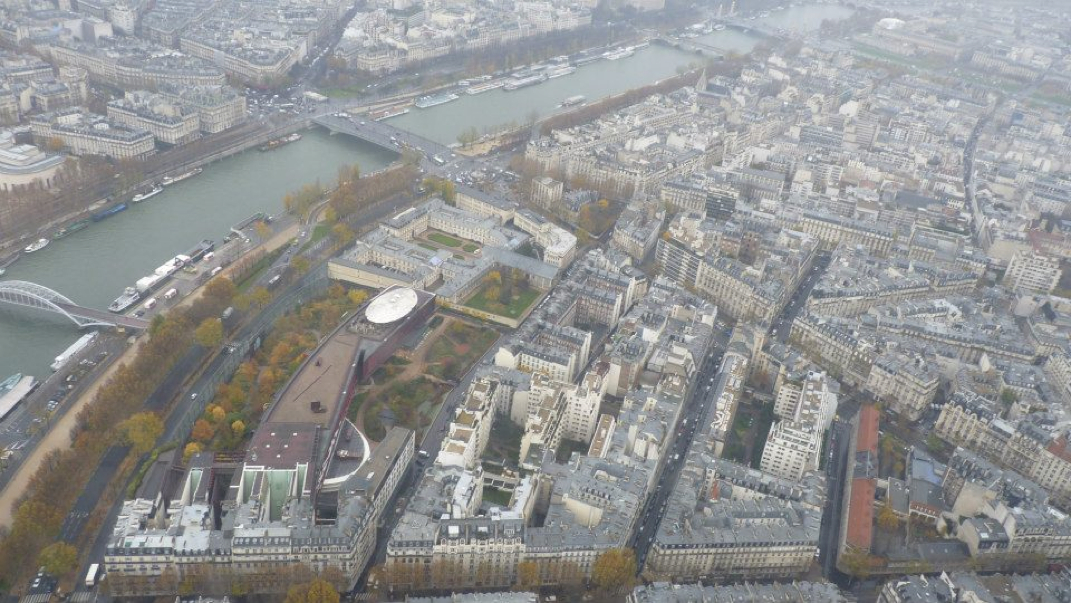
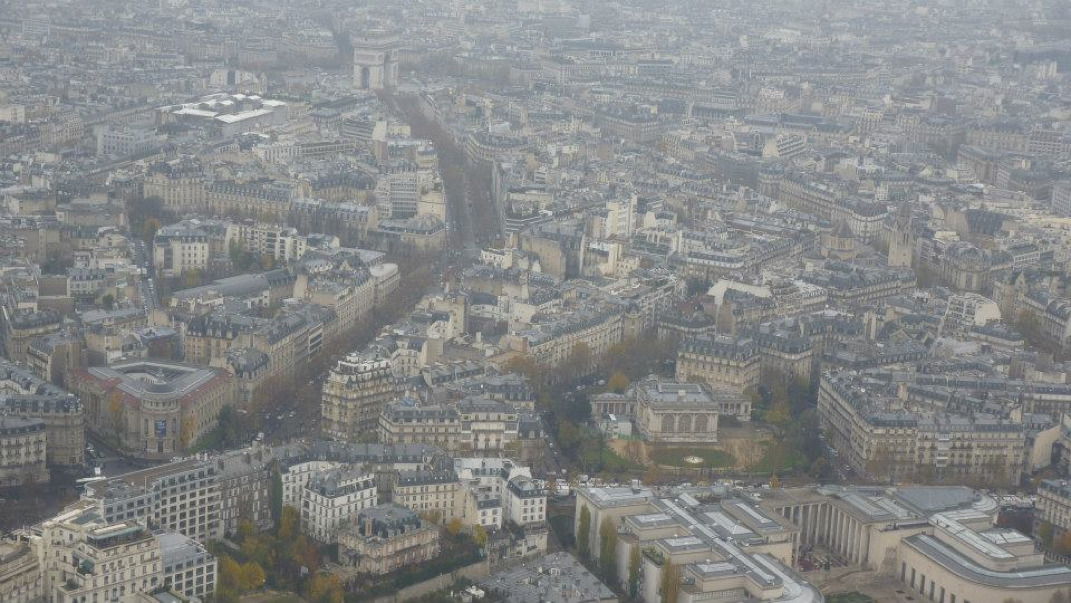
 RSS Feed
RSS Feed